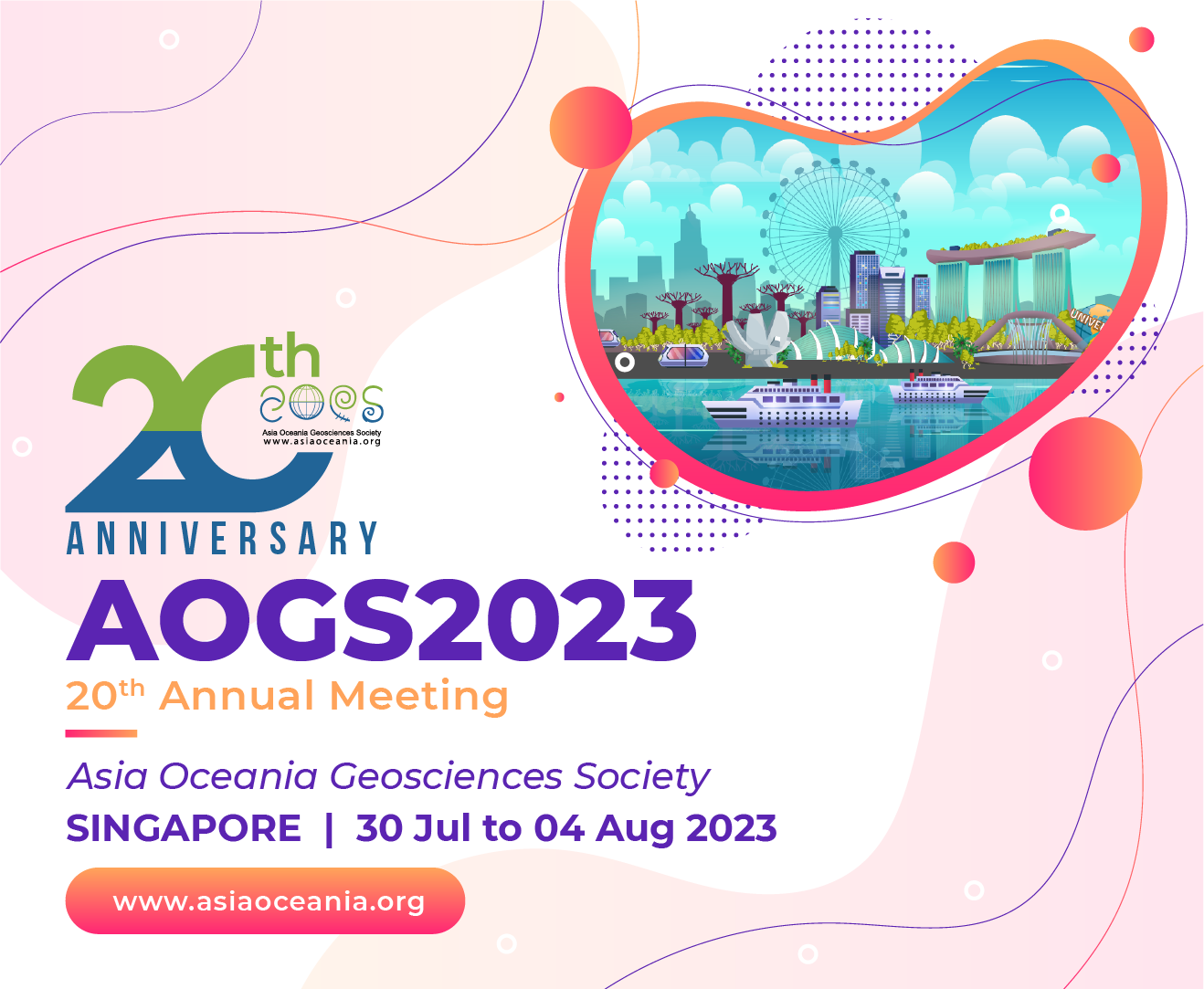

Yoko YAMAGAMI
Japan Agency for Marine-Earth Science and Technology
Dr. Yoko Yamagami was born in Nagasaki, Japan, and received his MSc and Ph.D. from the University of Tokyo, under the supervision of Dr. Tomoki Tozuka. After completing his degrees, he worked as a project researcher at the Atmosphere and Ocean Research Institute, the University of Tokyo from 2018 to 2021. Since November 2021, he has been a postdoctoral researcher at the Japan Agency for Marine-Earth Science and Technology.
His research interests include the relationship between oceanic mesoscale dynamics and large-scale climate variability. In previous research, he has investigated the relationship between mesoscale variations in western boundary currents and large-scale climate variability in the Southern Indian Ocean. Currently he is studying the role of boundary currents in the Northern Hemisphere on large-scale climate based on climate model simulations. He is also working on development of a climate model called MIROC.
OS Kamide Lecture | 01 August (Tue) 08:15 AM – 10:00 AM | Level 3 MR308
Arctic Sea-Ice Reduction and Gulf Stream Warming under Global Warming: Implication for the Further Development of GCMs
Abstract: The Arctic climate change is one of the most severe impacts of climate change on the planet under global warming. Both observational and modeling evidence indicate that the recent retreat of the Arctic sea-ice has been driven by global warming from anthropogenic greenhouse gas emissions. State-of-the-art multiple global climate model projections participating in the Coupled Model Inter-comparison Project (CMIP) suggest that a near ice-free Arctic Ocean will emerge by the middle of this century.
The distribution and variability of the Arctic sea-ice are well-reproduced in the recent generation of GCMs. However, the latest CMIP6 multi-model mean shows the decreased negative trend in winter Barents-Kara sea-ice concentration (SIC) even though the diminish of the observed winter Arctic sea-ice was especially pronouncedly in the Barents-Kara Sea in the last five decades. Understanding the cause of the decreased negative trend in the CMIP6 multi-model is essential since Barents-Kara sea-ice variations influence the Arctic climate and even remotely affect the mid-latitude surface air temperature.
At interannual time scales, several drivers of Barents-Kara sea-ice variations have been suggested by observational and modeling studies. One of the processes is the intrusion of North Atlantic water, which is referred to "Atlantification." The anomalous advection of warm and saline water transports heat from the North Atlantic subpolar region to the Norwegian Sea and the Barents-Kara Sea. Another process is the atmospheric waves associated with a meridional shift of the sea surface temperature (SST) front of the Gulf Stream, which leads to reduction in SIC by enhancing the meridional atmospheric heat transport. Considering the impacts of the North Atlantic surface ocean temperature on Barents-Kara SIC, we hypothesize that the decreased negative trend of winter Barents-Kara SIC in the CMIP6 multi-model mean is related to an inaccurate simulation of SST around the Gulf Stream.
In this study, we conducted an ensemble of historical climate simulations using MIROC6, in which SST anomalies in the Gulf Stream region are constrained by observations (so-called pacemaker experiment). The experiment demonstrates that the Barents-Kara sea-ice decline in the recent decades can be better reproduced than the multi-model mean of the CMIP6 historical simulations due to the Gulf Stream SST constraint. Additional surface warming in the Gulf Stream forces ocean circulation responses in the entire North Atlantic and results in poleward transport of excess heat to the Barents-Kara Sea. Thus, surface ocean warming and resultant sea ice retreat are enhanced in the Barents-Kara Sea by the Gulf Stream constraint.
We also analyzed CMIP6 large ensemble and found that the externally forced linear trends in Gulf Stream SST and Barents-Kara sea-ice concentration are significantly correlated, leading to an estimate that the Gulf Stream warming explains about 56% of the sea ice decrease in the past five decades. The Gulf Stream SST trend exhibits similarities to the SST anomaly pattern associated with Atlantic multidecadal variability (AMV). Therefore, it is implied that externally forced AMV contributes to the Arctic sea-ice variations in the past five decades.
This study indicates that the Gulf Stream SST is an essential pacemaker of the Barents-Kara sea-ice. Therefore, reducing the uncertainty of the SST and ocean heat transport response under global warming is crucial for better projecting future changes in the Arctic region. In general, heat and energy transport by western boundary currents is an essential component for understanding and predicting the global climate. To better represent the dynamics and heat transport of western boundary currents, a higher resolution of the ocean model is necessary. In this talk, I will also introduce our recent efforts to further develop the GCM MIROC.
